Hong Kong Airport to Central: Why the bus is the best option
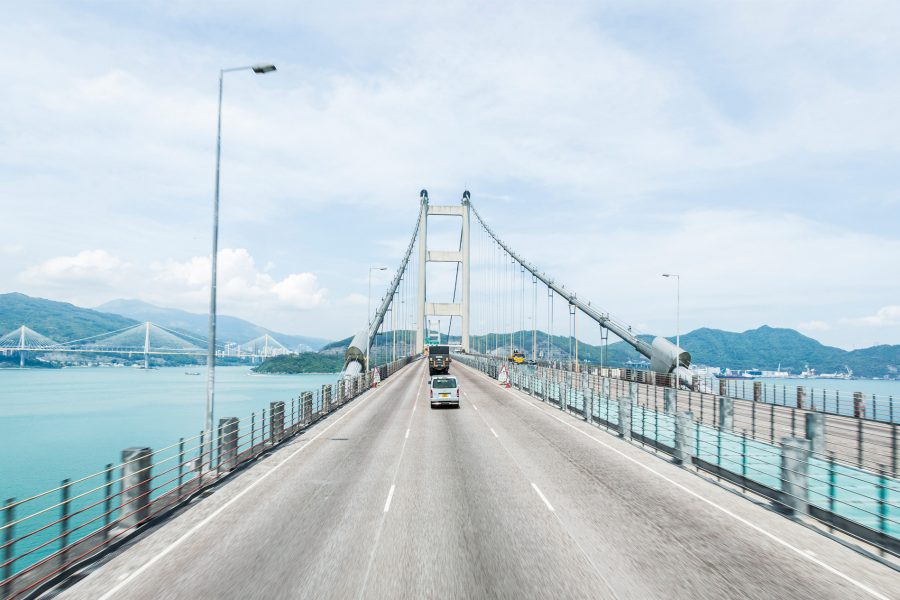
In the old days, when the finger of the Kai Tak Airport runway jabbed into the harbour, the city made its presence known immediately upon landing. After that white-knuckle skim between TV aerials and washing lines, you’d disembark; and there was the stink from the nearby nullah and the jostle for taxis and buses in sub-tropical humidity, next to an air-conditioned McDonald’s where children did their homework. If you were going to Hong Kong Island, you sat, snarled-up, in Cross Harbour Tunnel rush hour. (It was always rush hour.)
One of the amazing aspects of the new airport at Chek Lap Kok on Lantau Island, then, was that it had a train. The Airport Express was specifically designed to resemble a plane and, two decades later, it’s still part of a seamless arrival into Hong Kong. You step – via Immigration and the baggage carousels – from one steel tube into another. Within 24 minutes, you’ve left an island, crossed the South China Sea, zipped over a peninsula and under a harbour to arrive on another island. Unless you make a neck-kinking effort to glimpse the suspension cables slicing up the sky, you’d never know you were crossing the engineering miracle of the Tsing Ma Bridge.
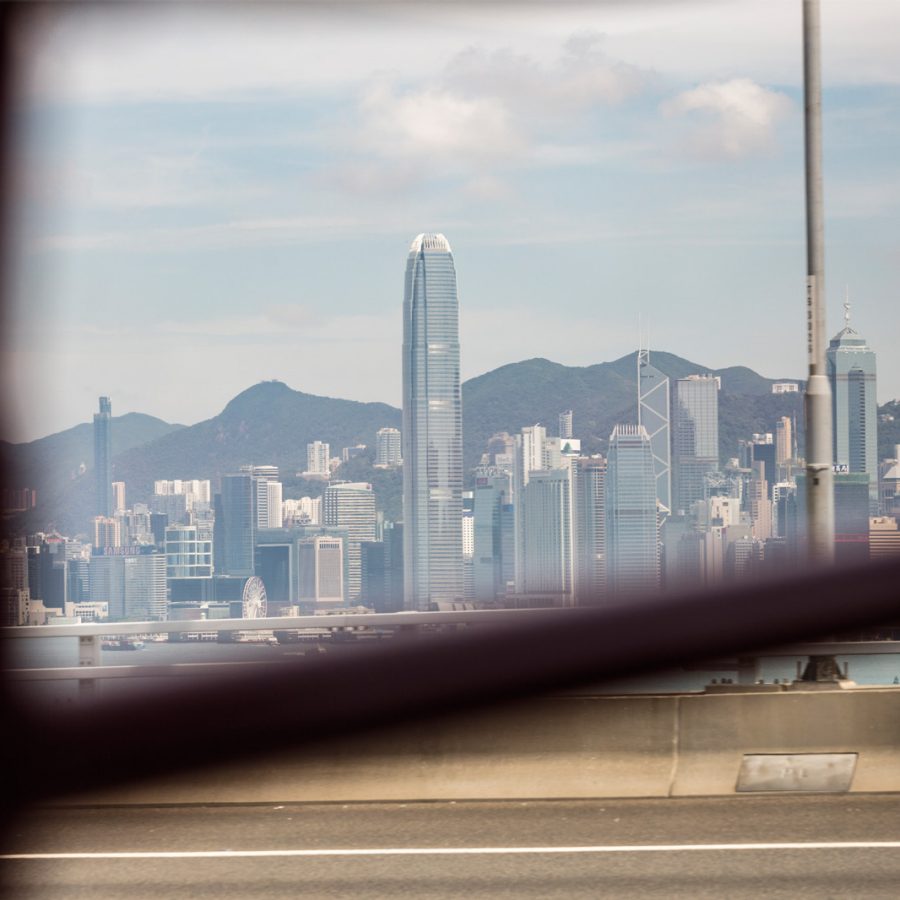
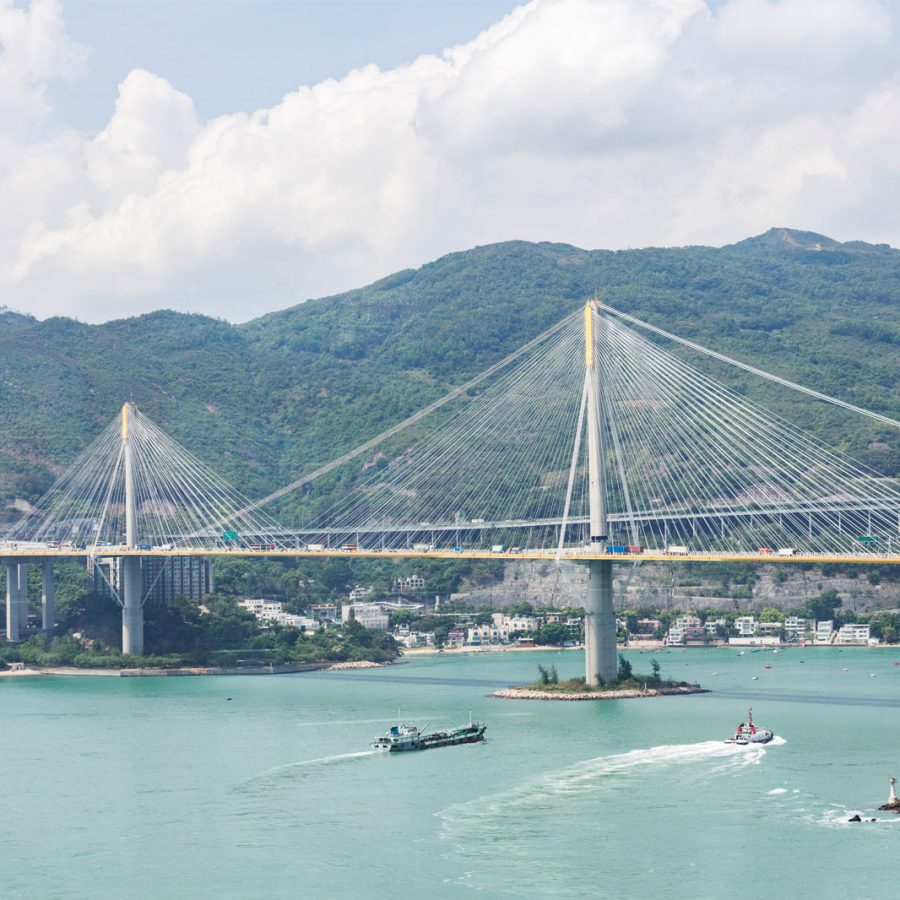
This is why I like to go by road. After Chek Lap Kok opened in 1998, an entire tapestry of bus routes stitched itself into the surrounding fabric, as tends to happen in a city where most people don’t drive. These workaday vehicles provide some of the least-heralded yet most breathtaking vistas you’ll see in Hong Kong. You could take a taxi, of course, but they’re more expensive and rather squat. For a perfect journey, I’d recommend the front seat of the top deck on a Cityflyer bus bound for Hong Kong Island.
The only dilemma is whether to sit on the right or the left. On the left, as you’re crossing the massive Tsing Ma Bridge – the longest road and rail suspension bridge in the world – you get a better view of its sister Ting Kau Bridge, delicately strung across an inlet like a giant cat’s cradle. But on your right, there’s the shining expanse of the South China Sea, studded with some of the 261 islands that officially make up the territory of Hong Kong, and the ships that glide 60 metres beneath you as a reminder that this was, is and always will be a maritime city.
On the left, too, is the brilliant cluster of the Kwai Tsing container terminals. At night, the red lights on the ceaseless cranes have the gleam of dragons’ eyes, guarding global trade. (It’s true that jet lag can add an otherworldliness to this trip, but the terminals are still magical.) To the right, across the harbour, the scarcely believable bauble of Hong Kong Island grows larger as the West Kowloon Highway curves round towards it.
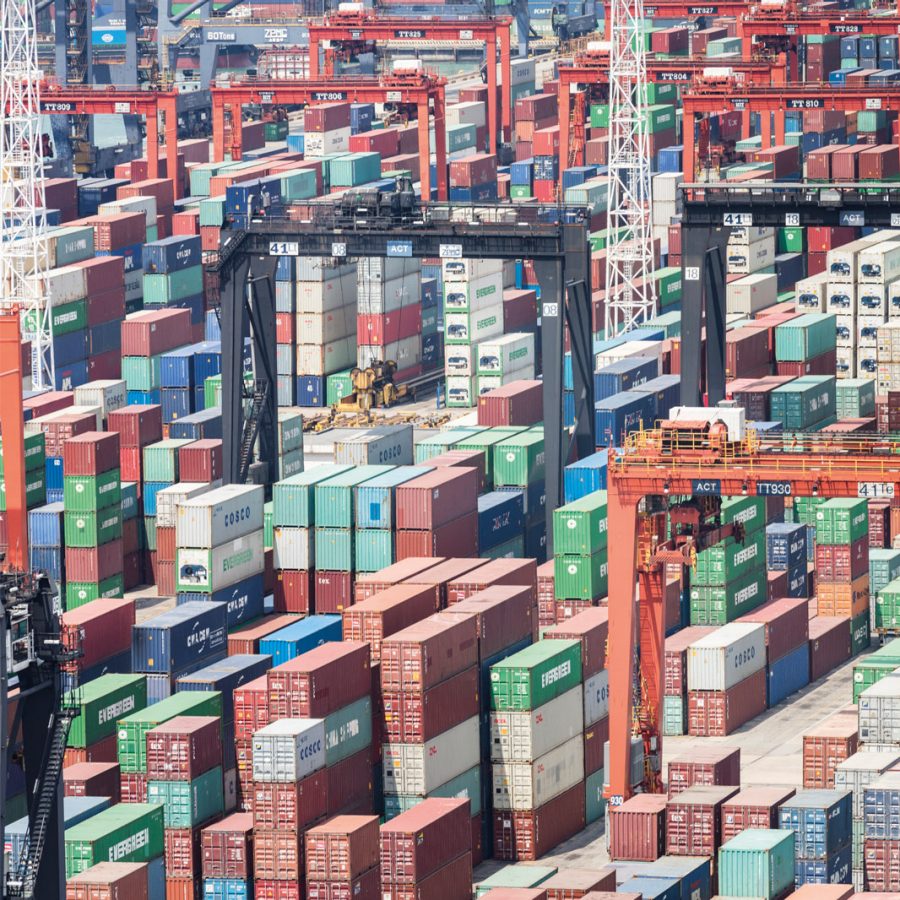
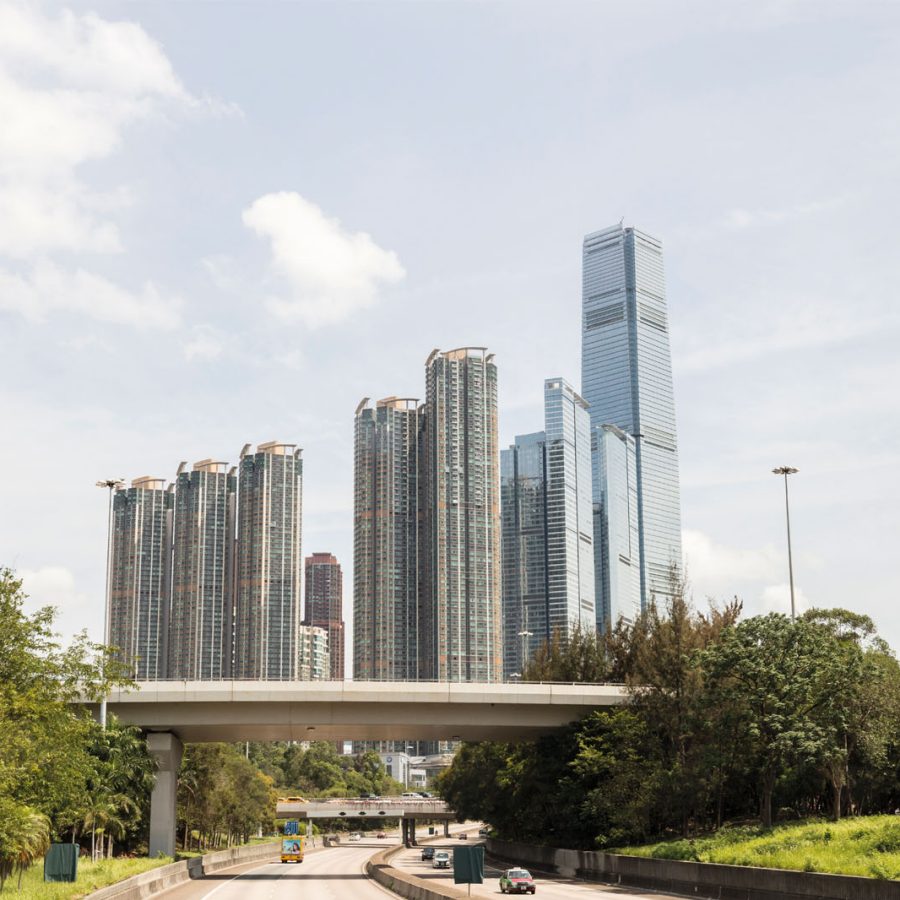
Within 30 minutes, you’re beneath the silver lightsabre of the International Commerce Centre, Hong Kong’s tallest building, and about to enter the mouth of the Western Harbour Crossing, a tunnel built in 1997 and still never crowded. Once I did this journey on a full-moon autumn night; once I did it as dawn broke on the first day of Chinese New Year; many times I’ve waited for the twice-an-hour A10 bus when the train would have been quicker. Each time it’s a way of, literally, giving the city face. Gradually, it reveals itself until that final moment when you step into a street. You have arrived.
Hong Kong travel information
More inspiration
- China – the Chinese Mainland, Hong Kong SAR, Macao SAR and Taiwan Region
- Hong Kong SAR - English
- Chinese Mainland (China) - English
- Taiwan, China - English
- 香港特別行政區 - 繁體中文
- 中国內地 - 简体中文
- 中國台灣 - 繁體中文
- Africa
- South Africa - English
- Asia
- Bangladesh - English
- Korea - English
- Singapore - English
- Cambodia - English
- 한국 - 한국어
- Sri Lanka - English
- India - English
- Malaysia - English
- Thailand - English
- Indonesia - English
- Maldives - English
- ประเทศไทย - ภาษาไทย
- Indonesia - Bahasa Indonesia
- Myanmar - English
- Vietnam - English
- Japan - English
- Nepal - English
- Việt Nam - tiếng Việt
- 日本 - 日本語
- Philippines - English
- Australasia
- Australia - English
- New Zealand - English